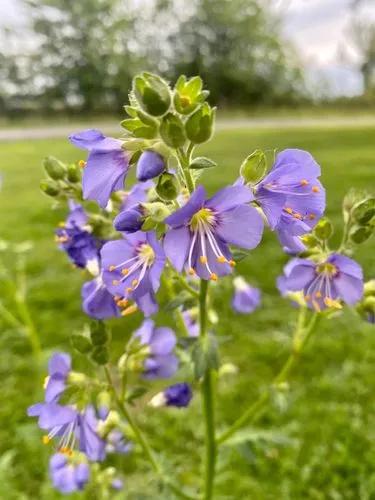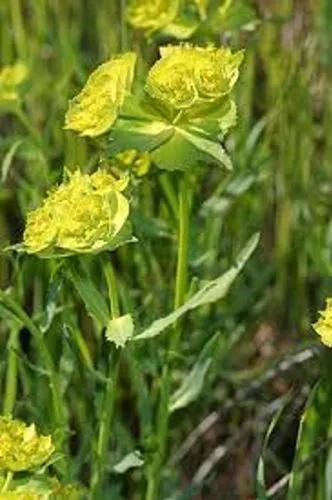Native to Brazil, Neomarica caerulea (Walking Iris) is a rhizomatous perennial forming dense upright clumps of sword-shaped, stiff, dark green leaves. In late spring to summer (early spring into fall in mild climates), branching flower stems carry a succession of ravishing blue iris-like flowers, 3-4 in. across (7-10 cm).
Neomarica Caerulea Care
Neomarica Caerulea
Other names: Blue Apostle's Iris



How to Care for the Plant

Water

After you plant your irises, give them a thorough watering. If conditions are dry, water every 7 to 10 days or as needed during the morning or evening. Assuming you planted your irises in the late summer or early fall, you may stop watering your plants as soon as the weather cools and it begins raining or snowing.

Pruning

It usually takes several weeks for iris leaves to completely die back. By early fall, the leaves are usually ready to be cut back, according to the Utah State University Cooperative Extension. Leaves should be cut back to about 6 to 8 inches above the ground. Then, wait until after the first hard frost.

Fertilizer

Low-nitrogen fertilizers, such as 6-10-10, are ideal for the needs of Iris. When to apply fertilizer to Iris: 1) In the spring, about a month before bloom, apply a light application of fertilizer around the Iris clumps. This goes for dwarf iris, too, which bloom in March.

Sunlight

Sun/Part Shade.

Soil

Philodendrons grow best in soil that is consistently moist but not soggy. Water when the top inch of the soil is dry, keeping in mind that soil in unglazed clay or ceramic containers tends to dry out faster than soil in plastic or glazed containers.

Temperature

Temperatures between 65 (18 °C) to 75 F (23 °C) and nighttime temperatures between 50 t(10°C) to 60 F (15 °C).

Container

A container that is about one-third as tall as the plant (measured from the soil line to the highest leaf) often works best.

Popularity

83 people already have this plant 8 people have added this plant to their wishlists
Discover more plants with the list below
Popular articles






